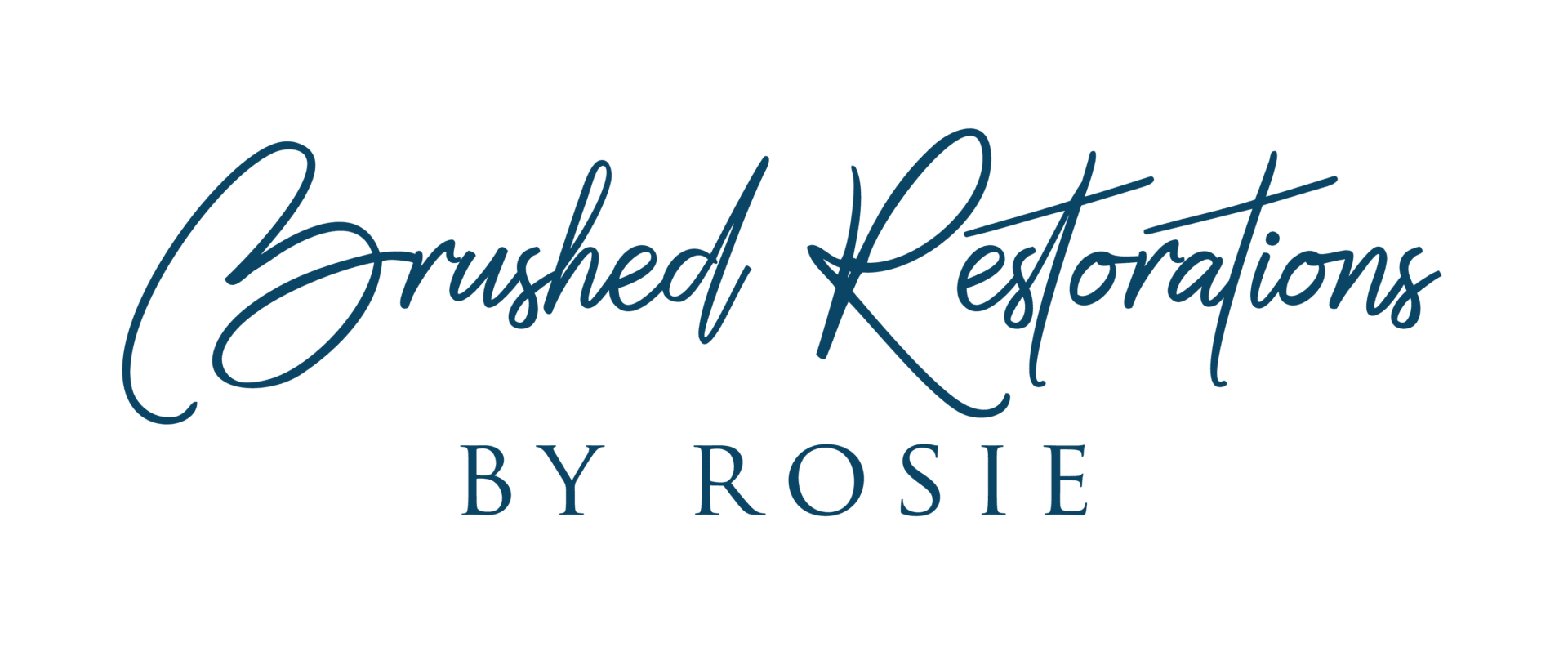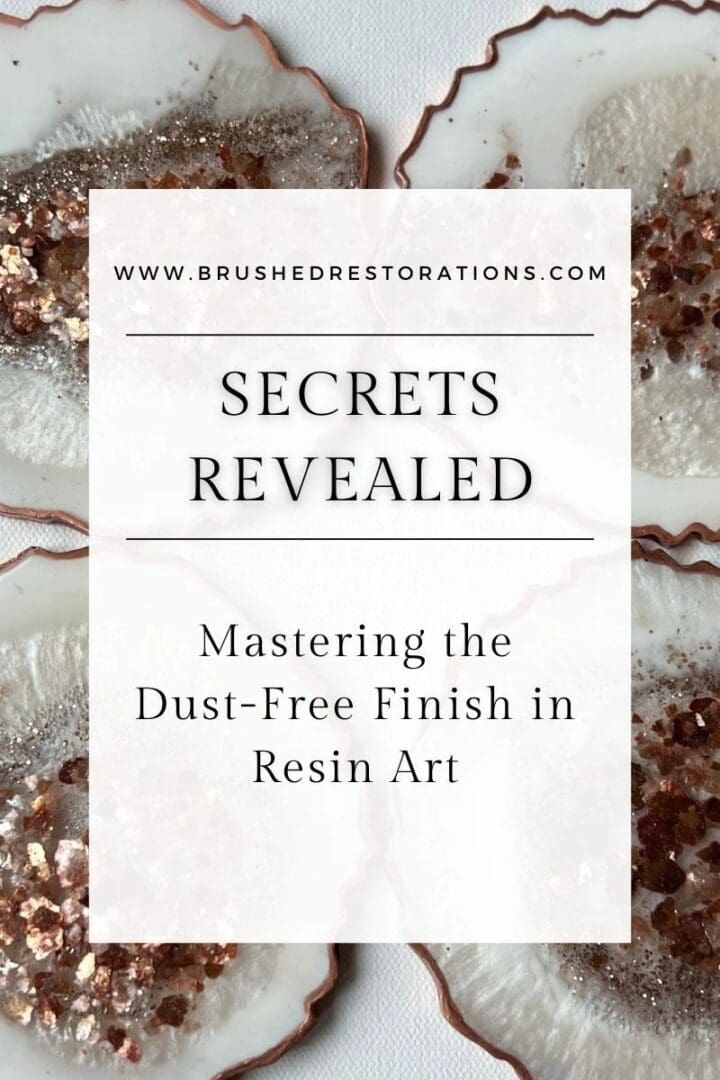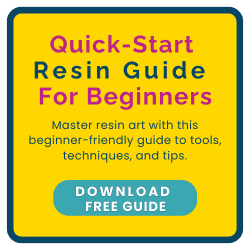Resin Art: Mastering the Dust-Free Finish – My Secrets Revealed
Hello, creative spirits and resin artists! Today, we’re going beyond the basics and into the nitty-gritty of overcoming one of the biggest headaches in resin art – dust. You might remember my Instagram tease about this. It’s time to spill all the details!
Choosing the Right Air Purifier for Dust-Free Resin Art.
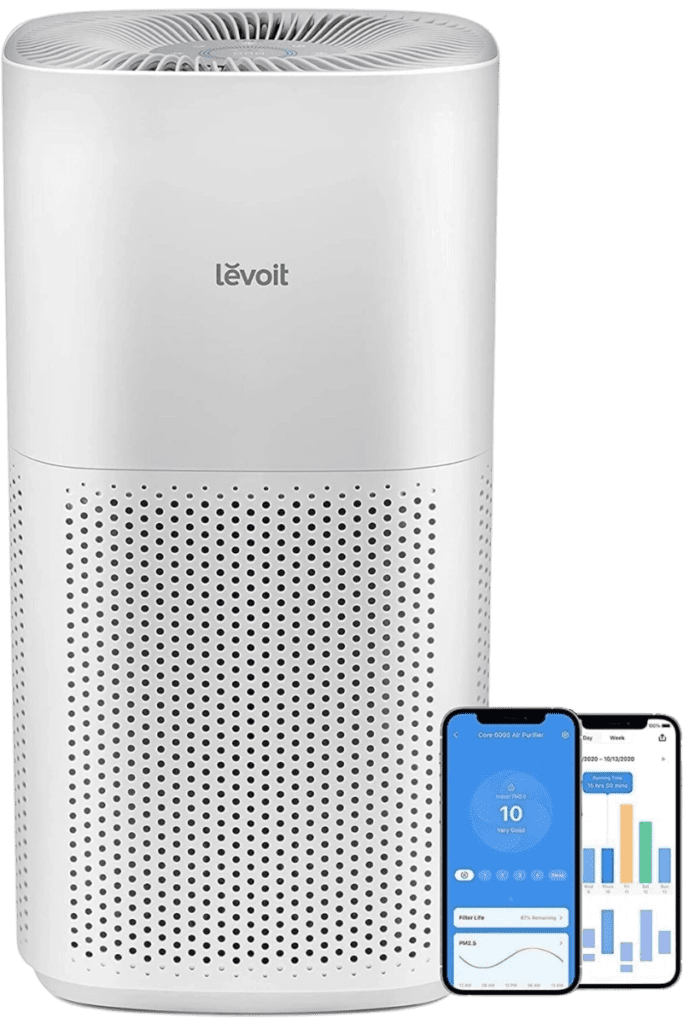
Let’s talk air purifiers, and not just any, but the Levoit Core 600. But before you rush out to grab one, here’s what you should consider:
- Size and Efficiency: Match the purifier’s capacity to your studio space. Bigger isn’t always better; it’s about right-sizing.
- Filter Types: Look for multi-stage filtration. HEPA is a must, but don’t overlook activated carbon for those chemical fumes.
- Maintenance Matters: Owning an air purifier isn’t a set-and-forget deal. Regular cleaning and timely filter replacement are key. Check out this video and see how I clean my Levoit Core 600.
Remember, a purifier is a tool, not a magic wand. It’s an integral part of a broader dust-management strategy.
Essential Cleaning Tips for Resin Art Studios.
It’s all about the setup. While I can’t claim to wipe down my studio daily (I mean, who has the time?), regular cleaning is a must. I focus on:
- Consistent Cleaning: A clean space is a creative space. Dust and resin don’t mix, so I keep on top of it.
- Covering Your Work: Ideally, cover your pieces while they cure. My large-scale works make this tricky, but for smaller pieces, it’s a game-changer.
- Practical Tools: A shop vac is a lifesaver for quick cleanups. Don’t forget a trusty handheld vacuum and a sturdy workshop broom. These tools make maintaining a dust-free zone so much easier.
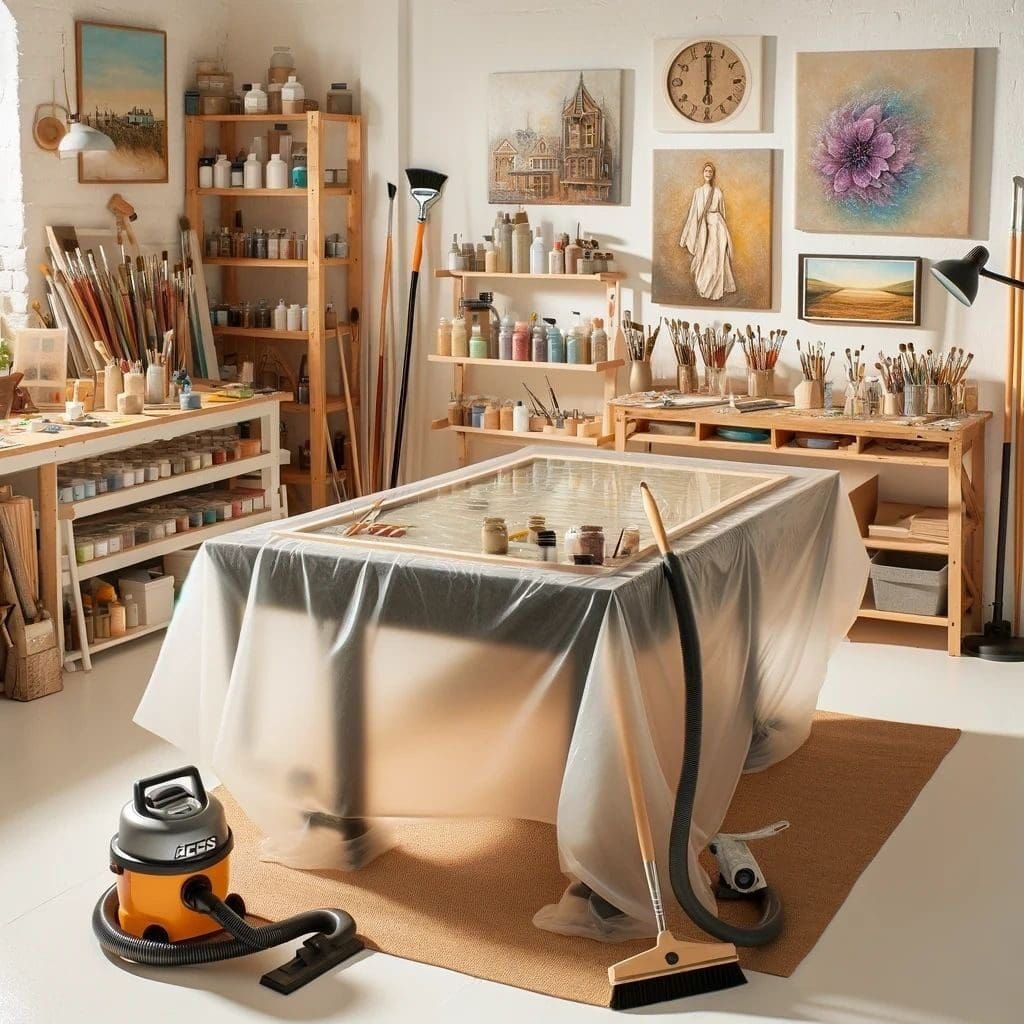
Check Out My Recommended Cleaning Tools
Expert Tips for Handling Resin in Art Projects
Now, let’s get into the specifics of resin handling:
- Storing Resin and Tools: Keep everything in a clean, dust-free area. Precision in storage equals precision in art.
- Pouring Resin: It’s an art form in itself. Slow and steady wins the race, reducing the risk of airborne particles.
- Protective Gear: It’s not just for safety; it helps keep your art pristine. Always gear up before diving into your work.
Looking to up your resin game? My online courses are packed with tips, techniques, and more!
Want to specifically learn how to apply Epoxy Resin Top Coat? I walk you through this process step by step in my online course with video tutorials and a comprehensive supply list. The supply lists gives you access to exclusive supplier discounts from well known resin companies in the industry!
Discover Alumilite Resin – My Go-To Choice

The Game-Changer: 3-Stage Filtration
Let’s delve into why a 3-stage filtration system is a must-have:
- Stage 1: Captures the big stuff – dust, hair, and more.
- Stage 2: The HEPA hero, snagging those tiny dust particles.
- Stage 3: Activated carbon steps up, tackling odors and chemicals.
These stages work in harmony to create the cleanest, safest environment for your resin art.
Detailed Look at 3-Stage Filtration in Art Studios
What is 3-Stage Filtration?
3-stage filtration is an advanced air purifying technology that uses three distinct layers of filters to cleanse the air of various impurities. This is particularly beneficial in settings where air quality directly impacts work, like in resin art studios.
- Pre-Filter: The first stage usually consists of a pre-filter that captures larger particles such as dust, hair, and lint. This is crucial in a resin art studio, where these particles are abundant and can easily contaminate your artwork.
- HEPA Filter: The second stage involves a High-Efficiency Particulate Air (HEPA) filter. This filter is the workhorse, capturing up to 99.97% of particles that are 0.3 microns or larger. In resin art, this means it effectively removes fine dust particles, which can ruin the smooth surface of your resin creations.
- Activated Carbon Filter: The final stage typically uses activated carbon or charcoal. This filter is key for removing odors, gases, and volatile organic compounds (VOCs) that are often present in art studios, especially where chemicals like resins are used.
Benefits for Resin Artists
- Dust and Particle Removal: The most direct benefit is the removal of fine dust and particles, ensuring that your resin pieces cure with a flawless, smooth surface.
- Odor and Chemical Reduction: Resin work can involve exposure to strong odors and chemicals. The activated carbon filter helps in reducing these, making the studio environment more comfortable and safer.
Comparing with Basic Filtration
In contrast, a basic air purifier with a single-stage filter (often just a basic HEPA filter) will primarily focus on removing particulate matter. While this is beneficial, it falls short in a resin art studio for several reasons:
- Larger Particles: Without a pre-filter, larger particles can quickly clog the HEPA filter, reducing its effectiveness and lifespan.
- Odors and Gases: Basic filtration lacks the ability to neutralize odors and VOCs. In a resin art studio, where chemicals are frequently used, this can lead to an accumulation of unpleasant smells and potentially harmful gases.
If you are like me I asked, ” Can a purifier not have a HEPA filter but still have An Activated Carbon Filter?”
Yes, it is possible to have an air purifier with an activated carbon filter but without a HEPA filter. These two types of filters serve different purposes, and while they are often found together in many air purifiers for comprehensive air cleaning, they can also be used separately.
- Activated Carbon Filters: These filters are specifically designed to remove gases, odors, and volatile organic compounds (VOCs) from the air. Activated carbon has a large surface area with many tiny pores, making it excellent at trapping gas molecules and odors. This makes it highly effective in environments where odor and gas removal is a priority, such as in rooms where chemicals are used or in kitchens.
- HEPA Filters: High-Efficiency Particulate Air (HEPA) filters are designed to capture particulate matter. They can trap 99.97% of particles that are 0.3 microns or larger, including dust, pollen, mold spores, and other airborne particles. HEPA filters are essential in environments where it’s crucial to reduce airborne allergens and particulate pollution.
In the context of resin art, while an activated carbon filter would be excellent for removing odors and fumes from the resin, it would not be effective in filtering out fine particulate matter like dust. This could be a significant drawback since dust particles can settle on wet resin surfaces and affect the quality of the final product.
Therefore, for a resin art studio, an air purifier that combines both a HEPA filter and an activated carbon filter would be ideal. However, if odor and VOCs are your primary concern, and less so particulate matter, an air purifier with only an activated carbon filter might be suitable. It’s essential to assess the specific needs of your working environment when choosing an air purifier.
Impact on Allergens
An added benefit of 3-stage filtration is its impact on allergens. For artists who suffer from allergies, this system can be a lifesaver. The HEPA filter is particularly adept at capturing common allergens like pollen, pet dander, and dust mites. This means cleaner air in the studio, leading to fewer allergic reactions and a more comfortable working environment.
Wrapping Up
Creating that perfect, dust-free resin piece is a journey. With the right tools, a bit of knowledge, and a whole lot of patience, your art can reach new heights of perfection. Dive into my online courses for deeper insights, and don’t forget to check out my Amazon Storefront for all the tools and supplies you’ll need on your journey.
Stay creative, stay inspired, and above all, stay dust-free!
Hi There, I’m Rosie
I’m a mixed media artist who turned my passion for resin art into a thriving business, Brushed Restorations by Rosie. I love luxury, bold creativity, and helping other artists transform their hobbies into successful businesses. Between creating custom art pieces and teaching online courses, you’ll find me juggling life with my four kids and chasing new ideas to inspire creators like you!
My mission? To empower artists to grow their skills, build their brands, and make their art dreams a reality.
